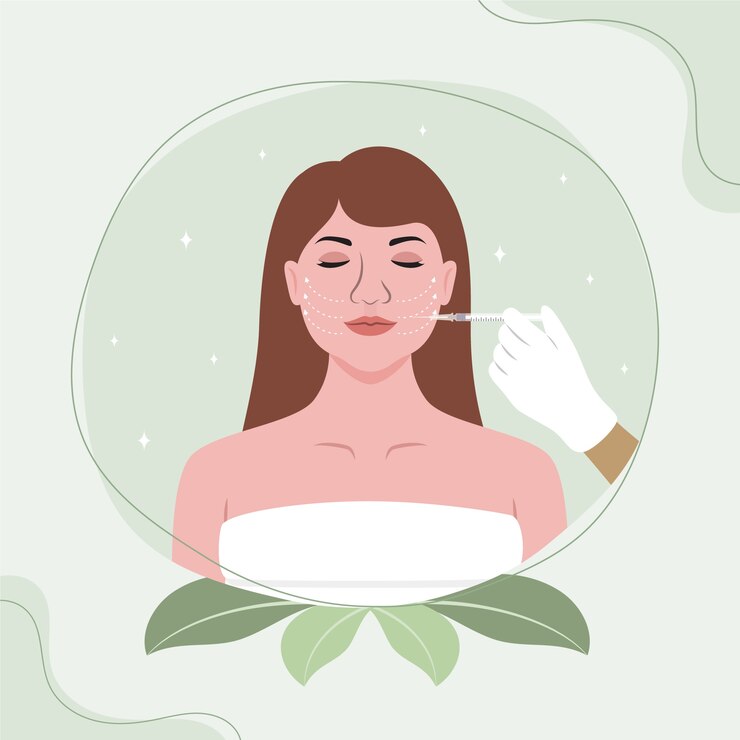
Botox is a popular non-surgical cosmetic treatment used to reduce the appearance of wrinkles. One of the most common areas for Botox injections is the forehead, where lines can become more pronounced as we age. Determining the right number of units for the forehead can vary significantly from person to person, depending on various factors including muscle strength, the extent of wrinkles, and desired effects. In this blog, we’ll explore how many units of Botox for forehead and what factors influence this treatment.
Understanding Botox Units
Before diving into specifics, it’s crucial to understand what a “unit” of Botox entails. Botox is measured in units, and these units are not related to volume (like milliliters) but rather to the biological activity of the product. Each unit is a measure of the amount of Botox needed to achieve a certain level of nerve blocking to reduce muscle activity. The number of units needed for a treatment area will determine the degree of muscle relaxation and the duration of the effect.
Factors Influencing Botox Dosage for the Forehead
Muscle Strength and Mass
The stronger and larger the forehead muscles, the more Botox units are typically required. Men often need more units than women due to having more robust forehead muscles.
Age and Skin Condition
Older individuals or those with deeper wrinkles may need a higher dosage to achieve smooth skin, as their muscles have been contracting for longer periods, etching deeper lines in the skin.
Desired Results
Some people prefer a completely smooth forehead with minimal muscle movement, while others might desire a more natural expression with some movement possible. More units are required for a “frozen” look, whereas fewer units can create a softer, natural reduction in lines.
Typical Botox Dosage for the Forehead
The forehead is a large and expressive area, and it typically requires more Botox than other areas like the crow’s feet or between the brows. On average, treating the horizontal forehead lines might require between 10 to 30 units of Botox. This range can be broken down as follows:
-
Mild forehead lines: 10-15 units
-
Moderate forehead lines: 15-20 units
-
Severe forehead lines: 20-30 units
It’s essential to have a detailed consultation with a licensed practitioner who can assess your individual needs based on your facial anatomy and aesthetic goals.
How the Procedure Is Performed
The Botox injection process for the forehead is relatively quick and simple. Here’s a general idea of how it’s done:
-
Consultation: The practitioner will evaluate your facial structure, discuss your goals, and map out the injection sites.
-
Preparation: The area is cleaned, and a topical anesthetic may be applied to minimize discomfort.
-
Injection: The Botox is injected at predetermined points across the forehead. This part of the procedure usually takes only a few minutes.
-
Post-treatment: Patients are usually advised to avoid lying down for several hours after the injections and to avoid strenuous activity for at least 24 hours to prevent spreading the toxin to unintended muscles.
Side Effects and Risks
Like any medical treatment, Botox injections come with potential side effects and risks. Common side effects for forehead treatments include temporary bruising, swelling at the injection site, and headaches. More serious but rare complications can include eyelid drooping (ptosis) if the Botox migrates downward, which is why it’s crucial to use an experienced injector.
Maximizing Your Botox Results
To ensure the best results from your forehead Botox treatment, consider the following tips:
-
Choose an experienced injector: This can minimize risks and improve the outcome.
-
Follow post-treatment care instructions: This helps the Botox work effectively and last longer.
-
Schedule maintenance treatments: Botox results are temporary, generally lasting 3 to 6 months. Regular treatments can help maintain a consistent look.
Forehead Botox treatments offer a way to smooth out lines and reduce signs of aging with a non-invasive procedure. Understanding how many units you might need and what factors affect this can help you make informed decisions about your cosmetic treatments. Always consult with a professional to tailor the procedure to your specific needs and ensure the best possible results.









